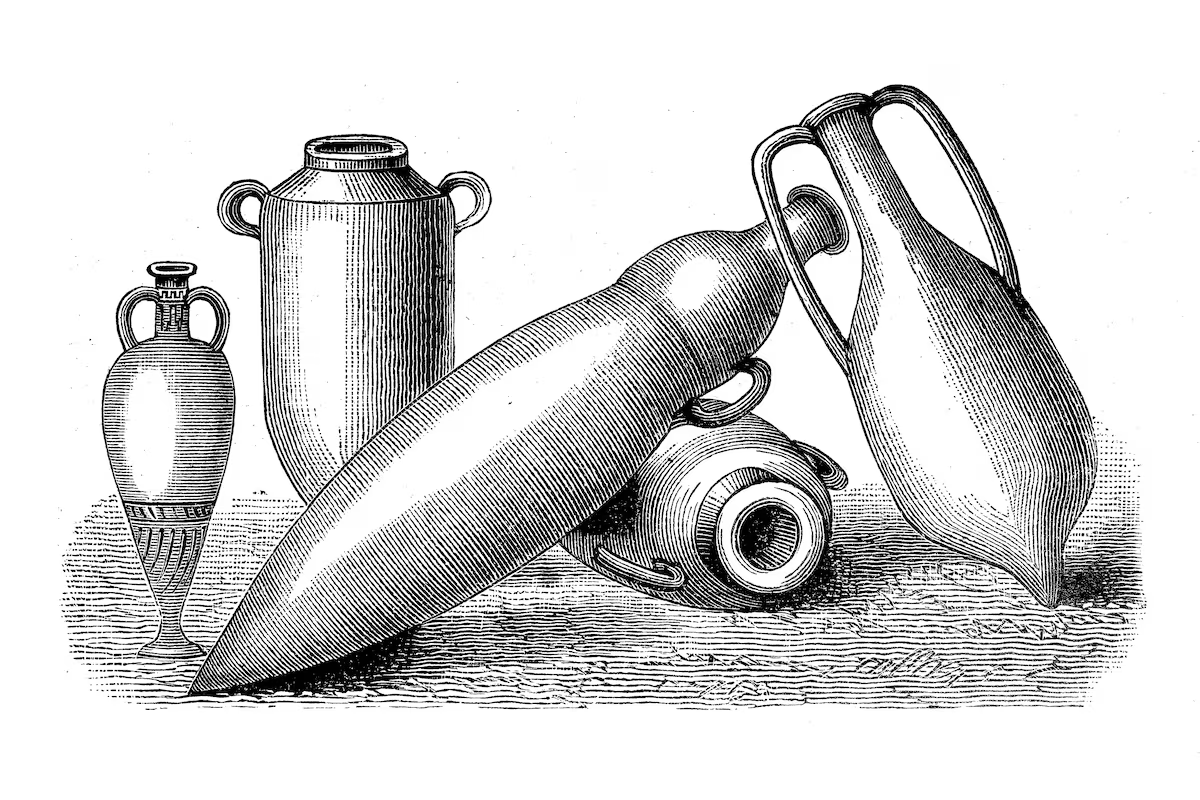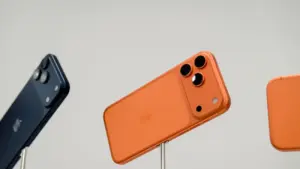
Last week we saw a solution to the problem of joining a 4×4 dot grid with just six straight strokes without removing the pencil from the paper or going over the same stroke twice. Here’s another one, elegantly symmetrical and cyclical:
In the case of the 3×3 grid the solution is unique, but I don’t know how many different solutions there are for the 4×4 grid (at least three, but perhaps more), and presumably as the number of points increases the number of different solutions will also increase.
As for manholes, there are at least three compelling reasons (pun intended) why it is preferable (though not essential) that they be round. Being circular, they can be moved by rolling them, which is very convenient given their considerable weight. Furthermore, they fit into the hole in any position, whereas if they were square or of another shape you would have to rotate them until they coincide exactly with the hole. And, no less important, being round they cannot fall through their hole, which would be relatively easy if they were square, since the diagonal of a square is almost one and a half times its side. Which raises the following question: is there another possible form of manhole cover that does not allow it to fall through its hole, or does only the circular manhole cover have this property?
And why can we be sure that saber blades are arcs of circumference? At least in the case of those equipped with sheaths, such as katanas, this must be the case, since the straight line and the circumference are the only lines that can slide on themselves (well, actually there is a third, what is it?). If the curvature of the sabers were not an arc of circumference, they could not be inserted into the scabbard.
The main reason for the abundance of triangles in structures of all types is that it is the only polygon determined by the length of its sides. If they tell us that the sides of a quadrilateral all measure 10 cm, it can be a square or a rhombus (indeed, an infinite number of them), while if they tell us that the sides of a triangle measure 10, 20 and 30 cm, we know that it can only be a right-angled triangle. And moving from geometry to physics, this means that a triangle is non-deformable (unless we break it), while, for example, a square with articulated vertices deforms easily. As a result, structures made of triangular modules or cells are stronger than those based on squares, rectangles, or other polygons.
And speaking of squares and rectangles, there are several reasons for their overabundance in all kinds of human works and products (not so in nature). On the one hand, gravitational attraction imposes the horizontal-vertical binomial on us: our weight – vertical – makes it convenient for us to move preferably on horizontal surfaces for greater stability (this is why Le Corbusier says that the right angle is our pact of solidarity with nature). But, on the other hand, orthohedral objects (boxes, bricks, tiles…) are stacked and assembled more easily and with greater use of space. In the case of bricks and tatami, the fact that one side of the rectangle is twice as long as the other facilitates the creation of compact and stable structures.
However, the amphorae of the ancient Romans, skilled engineers and efficient industrial designers avant la lettre, were pointed vases that could not stand on their own base and had an unfavorable surface-to-volume ratio. Why?







